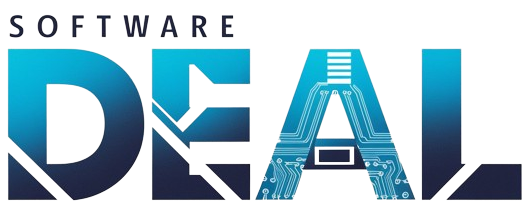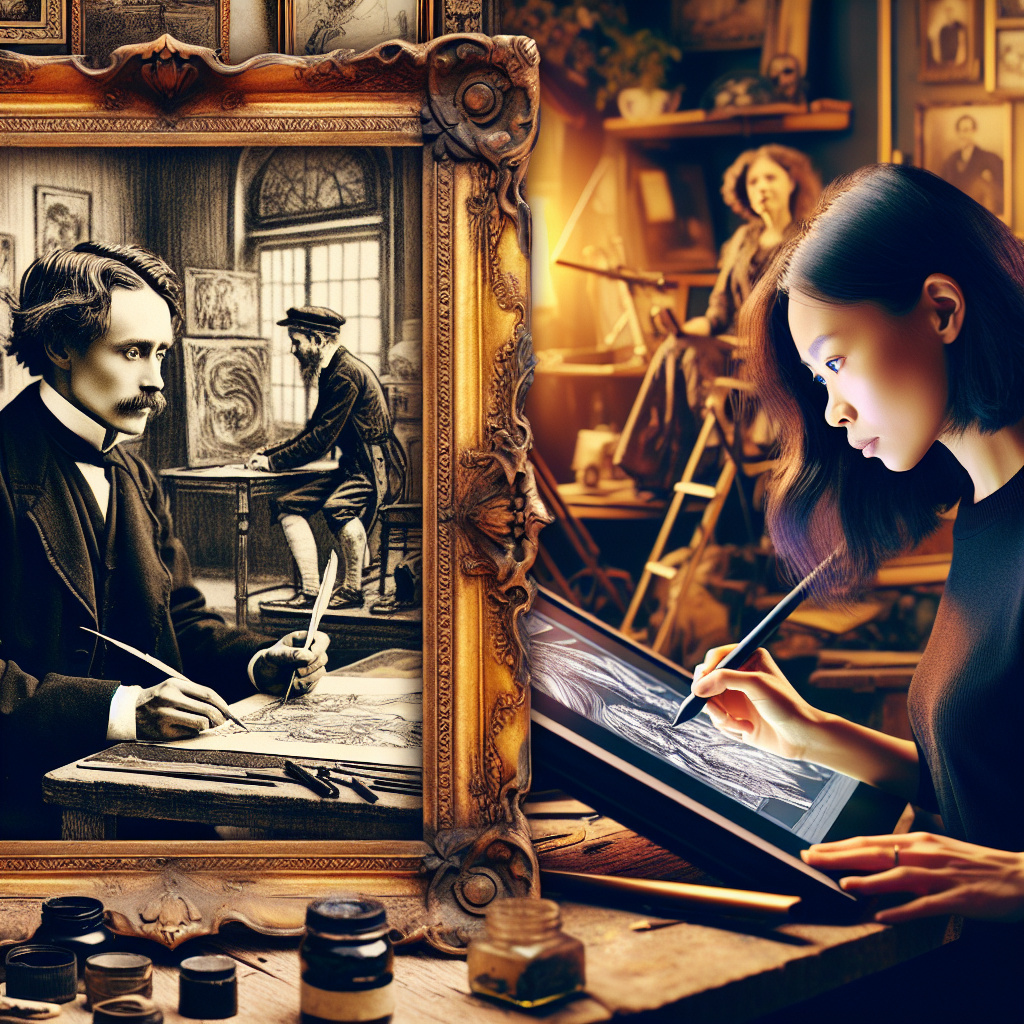In the realm of visual expression, illustration holds a crucial and constantly evolving role. Illustration typically serves to visually interpret written texts, making it a indispensable tool in various fields such as literature, advertising, entertainment, and education. As a result, the art of illustration has significantly evolved over time, buoyed by technological advancements, changing artistic styles, and shifts in cultural perspectives. This article explores the intricate journey of illustration as an art form, from its roots in manuscript illumination, through various historical periods, to today’s digital age.
The Roots of Illustration
Historically, illustration has been used as a visual explanation of text-based context. The roots of illustration go back to ancient Egypt, where the walls of tombs were decorated with scenes depicting the afterlife. The Middle Ages saw the flourishing of manuscript illumination, which involved the addition of decorative border illuminations, initial letters and miniatures to handwritten books, creating some of the earliest examples of the art of illustration.
Fine Art versus Illustration
Throughout history, a distinction has often been drawn between fine art and illustration. While both forms express ideas and emotions through visual means, fine art is usually intended for personal expression and is often created with the intention of enacting a sensory or emotive response. Conversely, illustration mostly focuses on creating a visual interpretation of texts or concepts, often for commercial purposes.
The New Wave of Illustration
As modernity dawned, the boundaries between fine art and illustration began to blur. Artists like Norman Rockwell, who was often categorized as an illustrator, won acclaim for their richly detailed and emotive scenes, contributing to the growing recognition of illustration as a full-fledged art form. Furthermore, children’s book illustration experienced a notable metamorphosis during the mid-20th century, evolving from essentially decorative accompaniments to narratives to become an integral part of the storytelling process. Artists such as Maurice Sendak and Dr. Seuss helped shape this evolution, demonstrating the power of illustration to build worlds and evoke emotions.
Impact of Technology
The advent of the digital age has marked another significant turning point for the art of illustration. Various software and digital tools, like Adobe Illustrator, have enabled artists to experiment with new techniques and styles, while the internet facilitates instant distribution and global visibility. As a consequence, the role of illustration has expanded to include not only print media but also digital platforms like e-books, animations, video games, and interactive media.
Illustration in the Current Era
Today, illustration permeates numerous aspects of our everyday lives. From children’s books and comic strips to advertising campaigns and digital applications, illustrations not only interpret text but also provide contextual cues, induce emotional responses, and establish narrative dynamics. The style of illustration has also diversified dramatically, encompassing everything from the realism of medical illustrations to the fantastic surrealism of concept art.
Conclusion
The art of illustration is ever-evolving, continuing to adapt and grow in responsiveness to societal, cultural, and technological shifts. It remains an essential medium enabling visual storytelling and conceptual understanding, enriching our experience of the world around us. The beauty of illustration is its adaptability. As technologies continue to develop and cultures continue to intersect, one can only anticipate the new horizons that the future of the art of illustration will introduce.
Frequently Asked Questions
While both are art forms, fine art is often created for personal expression or evoking emotive responses, while illustration is typically used to visually interpret text or concepts, often for commercial purposes.
Technology has significantly impacted the art of illustration. Digital tools allow illustrators to experiment with new techniques and styles. The internet facilitates instant distribution and global visibility of work.
Today, illustrations are used everywhere, from children’s books and comic strips to advertising campaigns and digital applications. They provide contextual cues, evoke emotional responses, and assist in storytelling.
Illustration plays a key role in visual storytelling and understanding concepts. It enhances our experience of the world, making information more accessible and enjoyable.
The style of illustration has diversified over time, encompassing various forms – from the high realism of medical illustrations to the fantastic surrealism of concept art.

